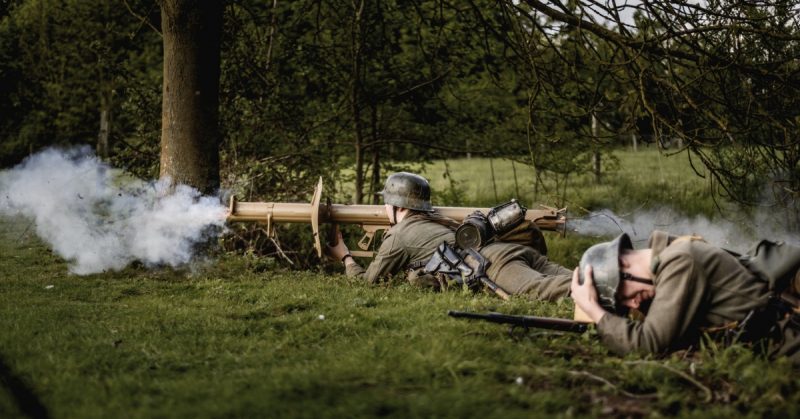The Battle of the Bulge was Hitler’s last great attempt to win the Second World War. In December 1944, as the Allies pressed in from both east and west, he created an ambitious but fatally flawed plan to throw back the Americans, split their armies from the British, and so gain an advantage in the west.
The Germans went to great lengths to prepare for this final roll of the dice.
Planning
Planning for Operation Watch on the Rhine was led from the top down. Hitler, who had always been controlling about important operations, was the mastermind behind this one, and he had a grand vision.
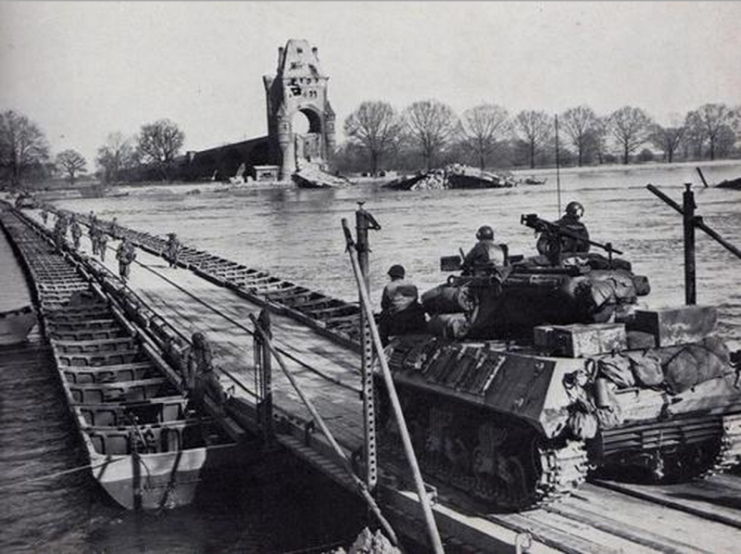
Three armies would be assembled in the Ardennes, the forested region through which the Germans had invaded Belgium and France four years earlier.
https://youtu.be/bqOPeXLnfF8
They would smash through the weak American VIII Corps, get into its rear, and cross the River Meuse. They would seize Brussels and Antwerp, the latter being a huge Allied supply base.
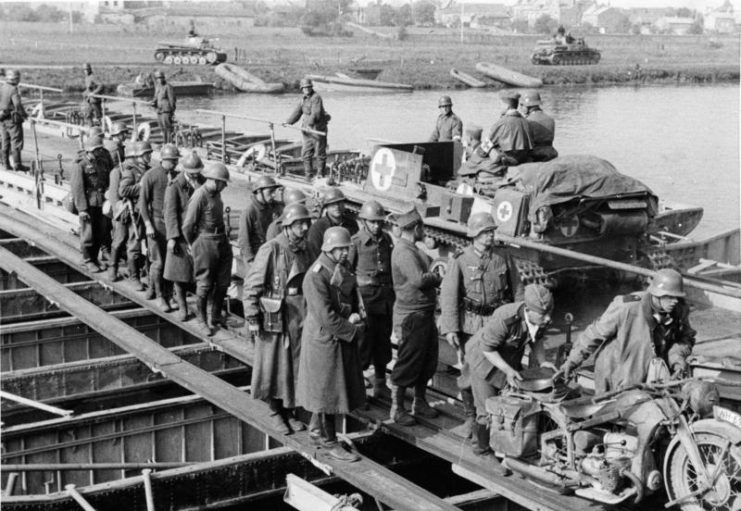
This maneuver would have two important effects. Firstly, the American and British forces would be divided. Secondly, the resource-poor British would be left too depleted to fight on effectively.
As a result of these two factors, as well as the stunning attack, the Americans would be left reeling and isolated on the continent. They could be persuaded to make peace without a complete German surrender, leaving Hitler free to turn all his forces against the Russians.
It was a wildly optimistic plan, not short of important details but misguided in what could be done.
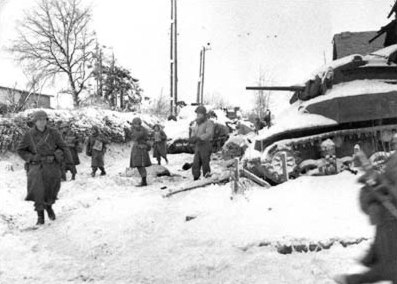
Surveying the Scene
Two men would lead the main German forces for the offensive: Generals Hasso von Manteuffel and Sepp Dietrich. Given their orders by the Führer, they set about surveying the terrain and troops.
Manteuffel diligently assessed his position. To avoid attracting attention, he dressed in an infantry colonel’s uniform before setting out to visit the front lines.
There he made a note of enemy positions and behavior, the state of his troops, and the transport networks they would depend upon.
In particular, he learned about a critical two-mile gap in the American lines.
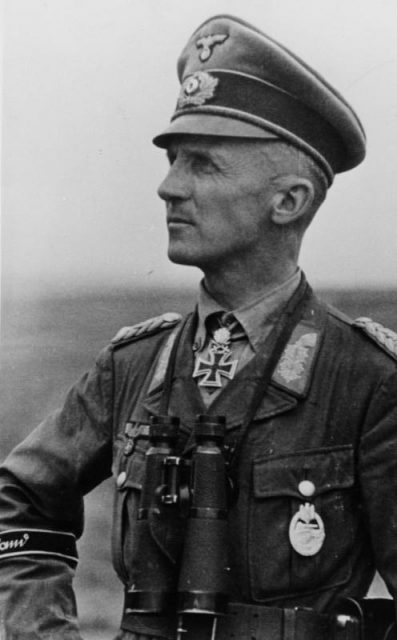
Dietrich was also very aware of conditions at the front, but he reacted less calmly than Manteuffel. Seeing the run-down state of his forces, the terrible repair of critical roads, and the coming winter, he despaired of the operation.
He repeatedly tried to persuade Hitler that it could not be a success. When that didn’t work, he drank heavily and argued with subordinates. One of the Reich’s finest officers, he was reduced to impotent rage.
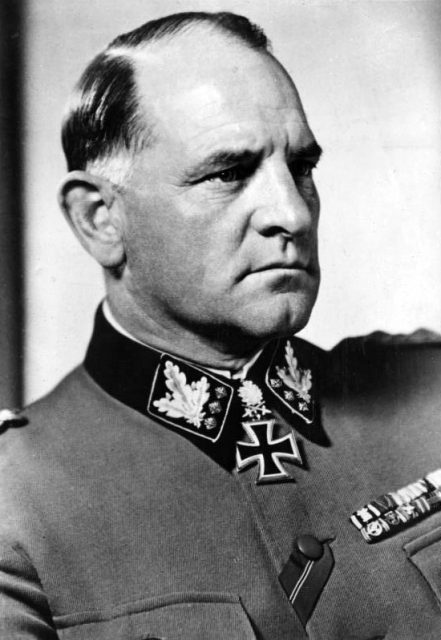
Subterfuge
Subterfuge and covert agents played an important part in the preparations for the attack.
Some of the groundwork for this had been laid during the retreat across northeastern France, when Otto Skorzeny, the head of the SS Jagdkommando (hunting commando) force had left behind paid sleeper agents. But it was Skorzeny’s other work for Watch on the Rhine that would become famous.
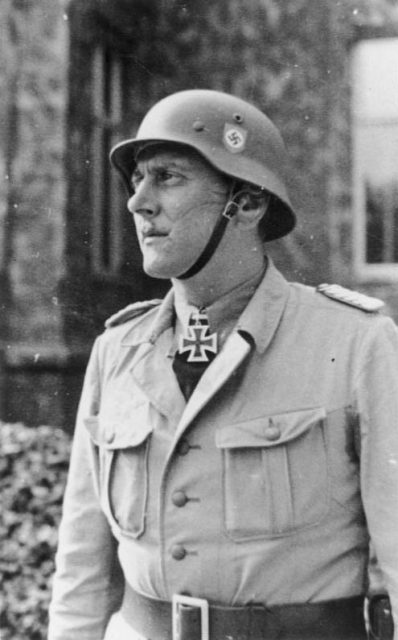
In an isolated training camp in Germany, Skorzeny gathered a group of English-speaking German soldiers. Swiftly trained in the arts of reconnaissance and sabotage, they were equipped with captured Americans uniforms, weapons, and vehicles.
When the time for the attack came, these agents would cross the lines disguised as enemy soldiers. They were to misdirect troop movements, sabotage transport routes, and generally cause chaos among the Allies, impeding their ability to respond.
By the time the attack was launched, thousands of men were ready to undertake this dangerous operation.
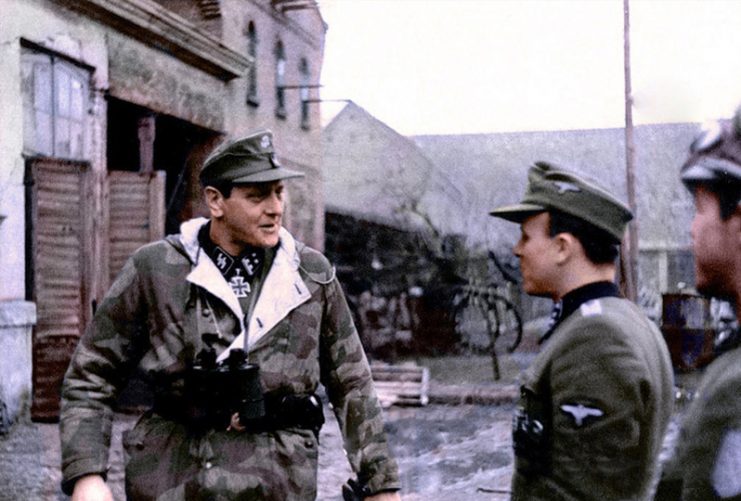
Gathering Troops
The troops gathered by Skorzeny were only a small portion of those assembled for the attack. Though Hitler’s original vision of 600,000 men was wildly over-ambitious for the battered and thinly stretched German army, 200,000 were assembled in the Ardennes.
The majority of these men were infantry. Many had been recruited as part of a mass levy ordered by Hitler.
Men from previously protected positions in factories and universities were called to arms, to answer the growing shortage of manpower. Other arms of the military were denuded in favor of the army, Navy and Luftwaffe men being transferred to the infantry.
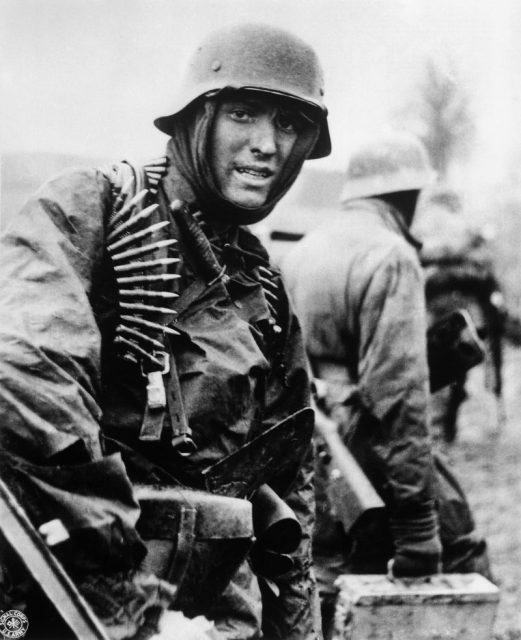
There were other troops alongside the infantry. Batteries of artillery were gathered to prepare their way. Regiments of tanks were assembled, including modern Tigers and Panthers, the deadliest tanks then fielded in Europe. Old but still reliable Mark IVs were included as well.
Some of the equipment fielded wasn’t even German. Vehicles captured on the Eastern front were moved west to transport supplies and tow artillery.
As in 1940, tanks were essential to the plan. Their firepower was meant to provide the breakthrough that Hitler was counting on.
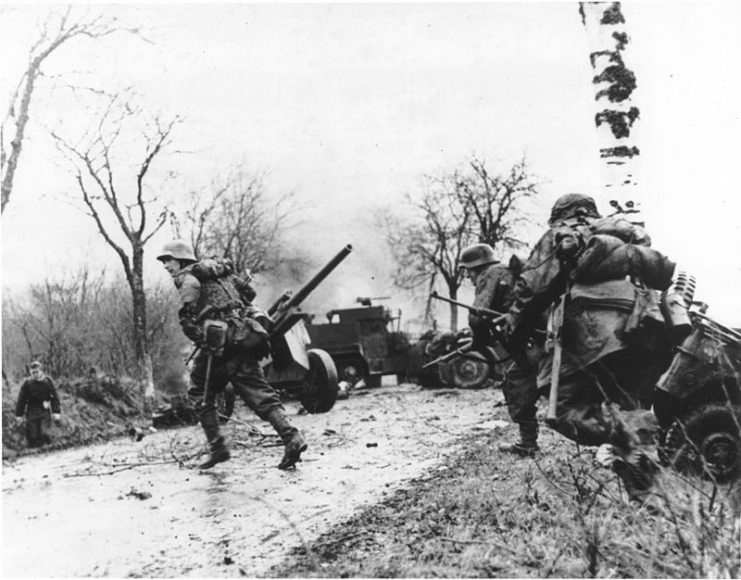
Discipline and Secrecy
One other factor was just as essential as the tanks, and that was surprise. For the plan to work, the Germans had to catch the Americans unawares.
Strict discipline was enforced to ensure secrecy about their preparations. The men lived concealed beneath the forest canopy. They weren’t allowed to light fires unless they had smokeless fuel. Many had to wait for cooks to deliver their meals under cover of darkness.
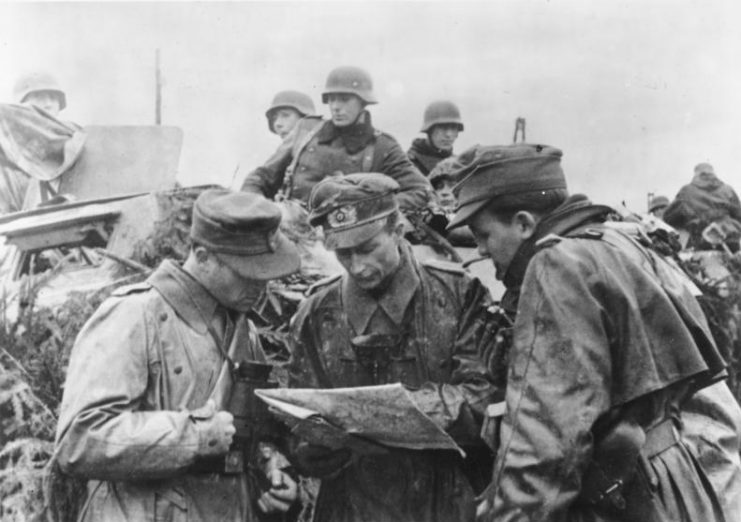
To ensure that discipline was maintained, a policy of Sippenhaft was followed. This meant that a deserter’s family could be punished in their absence. Crossing the lines wouldn’t free a man from the consequences of his actions.
Even among the officers in charge, secrecy was maintained. On Hitler’s orders, details of the plan were shared only on a need-to-know basis. Men were given what they needed to do their jobs and no more.
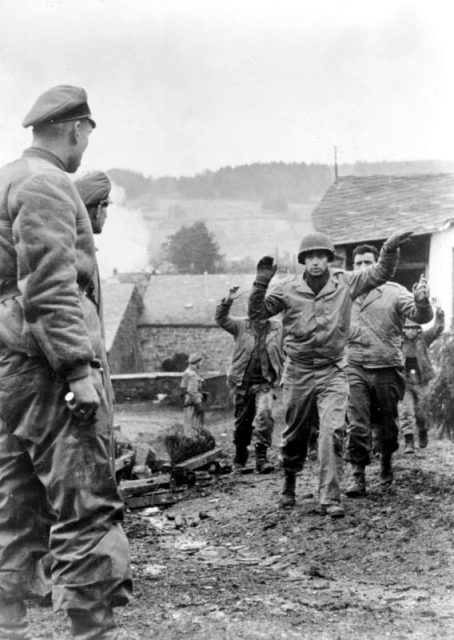
Read another story from us: Defense of Breslau – Germany’s Fight to the Bitter End
A huge amount of planning and preparation went into German preparations for the Battle of the Bulge.
But ultimately, it would be a failure. No amount of preparation could make up for an army on its last legs facing an opponent with more men, more resources, and more freedom to act.
